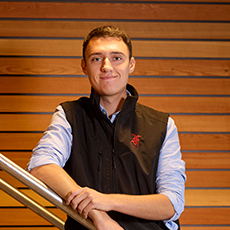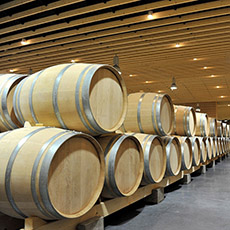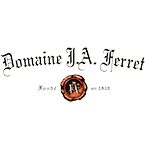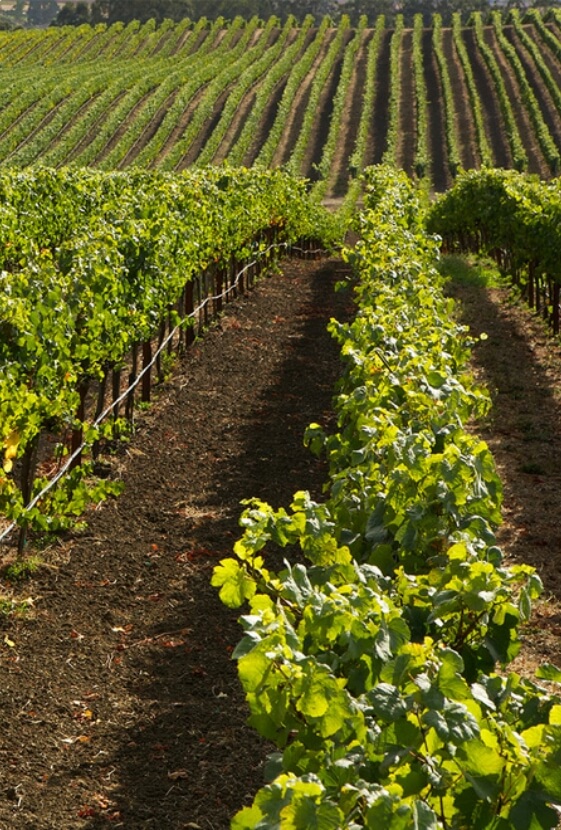

Pouilly-Fuissé Hors-Classe Tournant de Pouilly

Burgundy
Situated in the northern Fuissé region, bordering on the hamlet of Pouilly, the Tournant de Pouilly vineyard of just under 2.5 acres lies on an east-facing slope. Old vines of an average 60 years old are planted along a narrow band of pearly slabs of fossilized oyster shells that twist their way between Fuissé and Pouilly, giving this wine a linear, mineral character. There is deep, limestone-rich silt and clay containing a few stones, as well. Fermentation takes place in oak barrels, of which 20% are new, and is followed by a period of six months’ ageing on fine lees.
Aromas of grilled almonds and lime-leaf tea with notes of wax precede rich, luxurious flavors on the palate, balanced by precise minerality. The finish is particularly long and intense, and this wine can age for 10-15 years.
- An ideal white wine for the cellar, this represents the potential of the appellation.
- 2021 was the smallest harvest ever recorded at the winery
- This wine is the result of constant vigilance and work in the vines
- This is a product of numerous detailed and judicious decisions made in the cellar


Vineyard Details
About the Grape




